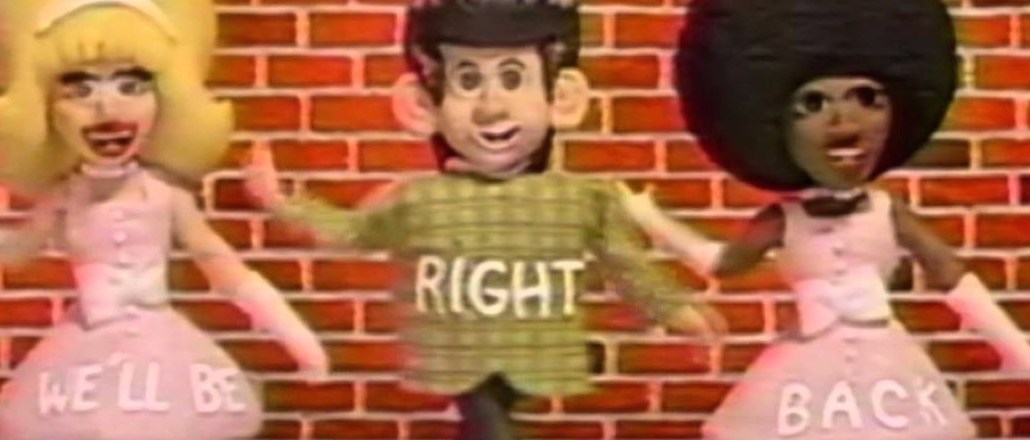‘Consumers will rebel’: Publishers face creative challenges with Facebook’s mid-roll video ads

Publishers are hopeful about the chance to finally turn their Facebook videos into a revenue stream, but creative challenges await them.
In a long-awaited move, Facebook said it would start running ads in the middle of publishers’ native videos following a small test, and pay publishers 55 percent of the revenue, which is the same as the YouTube split.
The move already has publishers like Joe Speiser, founder of LittleThings, thinking about investing more in longer native Facebook videos. Facebook said the ads would only be placed after the 20-second mark and only in videos that run 90 seconds or longer, but the average length of LittleThings’ native Facebook videos is around 60 seconds.
But length is just part of it. Videographers will have to think about editing video with ad breaks in mind. Getting it wrong can lead to a dropoff in engagement.
“It can be very important for the story narrative,” Speiser said. “The last thing you want to do is put it in the wrong position and kill the virality.”
Ad position: web_incontent_pos1
Publishers have spent a lot of time and money building up a video presence on Facebook. But so far most of the reward has come in the form of views and shares, and the lack of monetization has been a big point of frustration for publishers. Facebook has allowed limited ads in video, but the mid-roll ads could have the biggest impact because they’ll run in the video-heavy news feed.
David Mendels, CEO of video player Brightcove, said he was glad to see the introduction of mid-roll ads because publishers are struggling to make video profitable. But he said most online video isn’t good enough to keep people watching through ads. Drop-off rates, even on four-minute videos, are high.
“People are going to do too much of it,” he said. “Consumers will rebel.”
Ad position: web_incontent_pos2
Broadcast television may have well-established creative techniques to keep people watching, but they’re not common in online video.
“It will certainly bring back the ‘Don’t touch that dial, we’ll be back after these messages’-type language to videos,” predicted Matt Karolian, director of audience engagement at The Boston Globe.
There are tricks to keep people watching through the ad, to be sure, but some online video publishers will be hesitant to use them. Upworthy, for example, plans to favor longer formats that have high completion rates, so as to maximize the chances of people seeing the ads. But the publisher is mindful of not detracting from its mission-driven content that viewers expect from it.
“You can set up a social experiment or a reveal. But we wouldn’t play those format games unless they serve the story,” said Nicole Carrico, vp of content collaborations at Upworthy. “If this disrupts engagement, it’s not worth it,” she said.
Online video also doesn’t have established best practices for optimal length and ad frequency, so publishers will have to do a lot of A/B testing to figure out what works to keep people engaged through the ads, Mendels said, adding that publishers will have to weigh any dropoff in engagement against the revenue upside. “We need publishers to make more money,” he said.
More in Media

NewFronts Briefing: Samsung, Condé Nast, Roku focus presentations on new ad formats and category-specific inventory
Day two of IAB’s NewFronts featured presentations from Samsung, Condé Nast and Roku, highlighting new partnerships, ad formats and inventory, as well as new AI capabilities.

The Athletic to raise ad prices as it paces to hit 3 million newsletter subscribers
The New York Times’ sports site The Athletic is about to hit 3 million total newsletter subscribers. It plans to raise ad prices as as a result of this nearly 20% year over year increase.

NewFronts Briefing: Google, Vizio and news publishers pitch marketers with new ad offerings and range of content categories
Day one of the 2024 IAB NewFronts featured presentations from Google and Vizio, as well as a spotlight on news publishers.
Ad position: web_bfu



